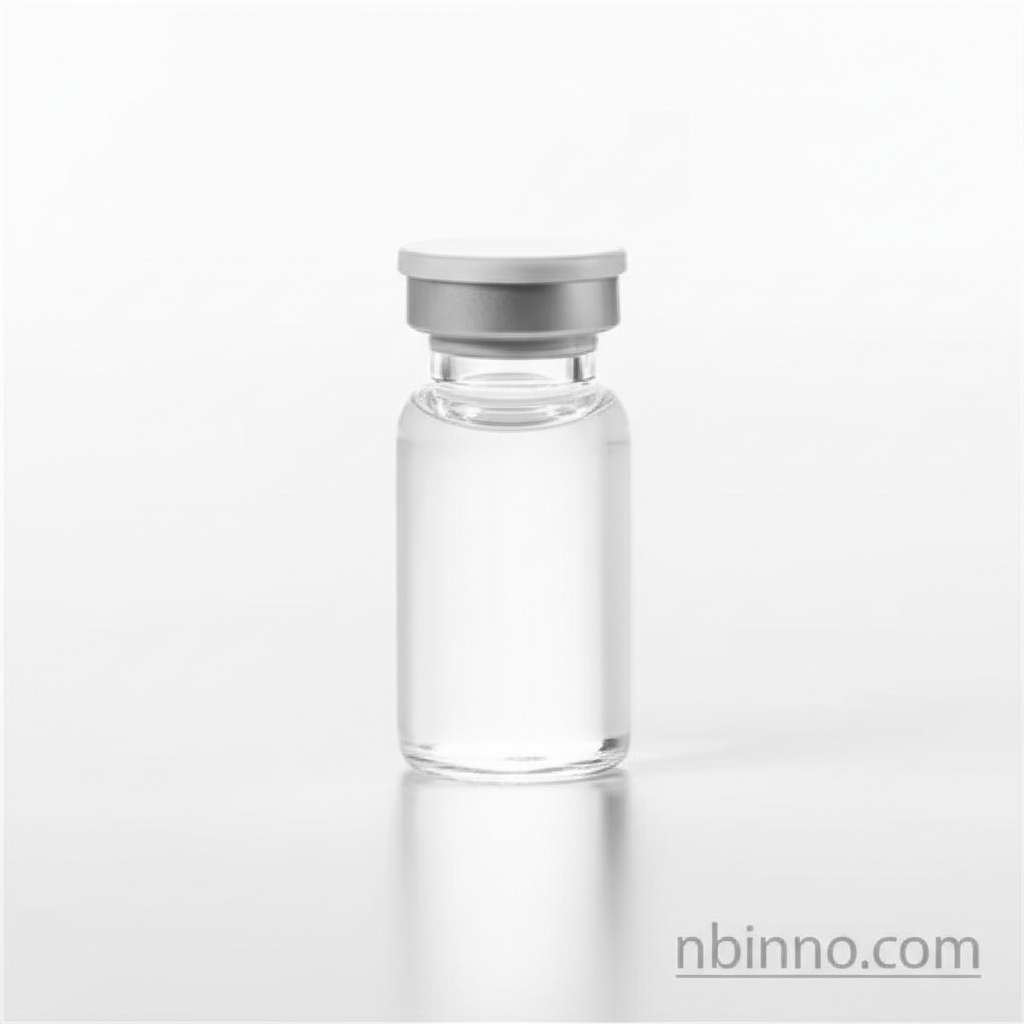Pentyl Dihydrogen Phosphate: Properties, Applications, and Industrial Significance
Explore the versatile nature of pentyl dihydrogen phosphate, a key organophosphate with diverse industrial uses.
Get a Quote & SampleProduct Core Value

Pentyl Dihydrogen Phosphate
Pentyl dihydrogen phosphate, identified by CAS number 2382-76-5, is a significant chemical compound with a pentyl group and a dihydrogen phosphate moiety. Its chemical structure imparts valuable properties such as high solubility in organic solvents, making it adaptable for various formulations.
- Discover the significant surfactant properties of pentyl dihydrogen phosphate, enabling its use in cleaning products and detergents.
- Learn about the crucial role of pentyl dihydrogen phosphate as a plasticizer, enhancing the flexibility and processability of polymers.
- Investigate the potential biomedical applications of monoamyl phosphate in advanced drug delivery systems and tissue engineering initiatives.
- Explore the application of phosphoric acid monopentyl ester as a vital flame retardant, contributing to enhanced material safety.
Key Advantages
Versatile Solubility
The high solubility in organic solvents is a primary advantage of pentyl dihydrogen phosphate, facilitating its integration into a wide array of industrial processes and formulations.
Enhanced Material Properties
As a plasticizer, pentyl dihydrogen phosphate improves the flexibility and workability of plastic materials, a critical factor for manufacturers seeking to optimize their products.
Fire Safety Contribution
Its effectiveness as a flame retardant makes pentyl dihydrogen phosphate an important component in industries where fire resistance is paramount, contributing to safer products.
Key Applications
Flame Retardants
Pentyl dihydrogen phosphate is integral to flame-retardant formulations, interrupting combustion processes to enhance material safety across various sectors.
Plasticizers
In the plastics industry, this organophosphate acts as a plasticizer, boosting the flexibility and workability of polymers without compromising structural integrity.
Surfactants
Leveraging its surfactant properties, pentyl dihydrogen phosphate is utilized in detergents and cleaners to effectively reduce surface tension between substances.
Biomedical Use
Research highlights the potential of monoamyl phosphate in biomedical fields, particularly in developing advanced drug delivery systems and tissue engineering scaffolds.
